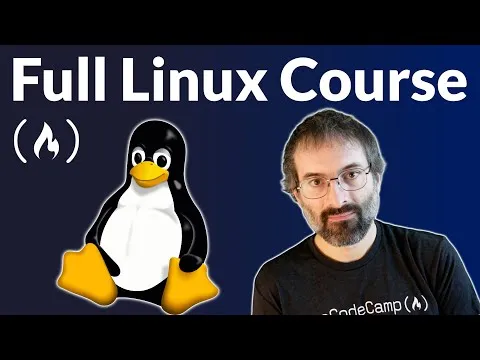
Linux System Programming and Introduction to Buildroot 
This course introduces students to System Programming for the Linux operating system and the Buildroot build system. It covers the components of a Linux Embedded System, as well as how to use Buildroot to create a custom Embedded Linux system. Programming assignments are included. ▼
ADVERTISEMENT
Course Feature
![]() Cost:
Cost:
Free
![]() Provider:
Provider:
Coursera
![]() Certificate:
Certificate:
Paid Certification
![]() Language:
Language:
English
![]() Start Date:
Start Date:
22nd May, 2023
Course Overview
❗The content presented here is sourced directly from Coursera platform. For comprehensive course details, including enrollment information, simply click on the 'Go to class' link on our website.
Updated in [February 21st, 2023]
This course provides a comprehensive overview of Linux System Programming and Introduction to Buildroot. Learners will gain an understanding of the Linux operating system, its components, and how to interface with the Linux Kernel and C library. They will also learn how to use the Buildroot build system to create their own custom Embedded Linux system. Additionally, they will gain knowledge of Linux System Administration, Linux Kernel Programming, and Linux System Development. This course is ideal for those looking to gain a deeper understanding of Linux System Programming and Introduction to Buildroot, and can be taken for academic credit as ECEA 5305.
[Applications]
Upon completion of this course, students should have a better understanding of System Programming for the Linux operating system and the Buildroot build system. They should be able to apply this knowledge to create their own custom Embedded Linux system. Additionally, students may be able to use this course for academic credit as ECEA 5305, part of CU Boulder's Master of Science in Electrical Engineering.
[Career Paths]
1. Linux System Administrator: A Linux System Administrator is responsible for the installation, configuration, and maintenance of Linux systems. They must be knowledgeable in the Linux operating system and have experience with scripting languages such as Bash and Python. As the demand for cloud-based services increases, the need for Linux System Administrators is expected to grow.
2. Embedded Systems Engineer: An Embedded Systems Engineer is responsible for designing, developing, and testing embedded systems. They must have a strong understanding of Linux and be able to use Buildroot to create custom embedded Linux systems. As the demand for connected devices increases, the need for Embedded Systems Engineers is expected to grow.
3. Linux Kernel Developer: A Linux Kernel Developer is responsible for developing and maintaining the Linux kernel. They must have a strong understanding of the Linux operating system and be able to write code in C and assembly language. As the demand for new and improved Linux features increases, the need for Linux Kernel Developers is expected to grow.
4. DevOps Engineer: A DevOps Engineer is responsible for automating the development, testing, and deployment of software. They must have a strong understanding of Linux and be able to use scripting languages such as Bash and Python. As the demand for cloud-based services increases, the need for DevOps Engineers is expected to grow.
Pros & Cons

Learned in depth about Linux.

Practical assignments.

Challenging tasks.

No help in discussion section.

Hard to follow assignments.

Sloppy grading criteria.
Course Provider

Provider Coursera's Stats at AZClass
Discussion and Reviews
0.0 (Based on 0 reviews)
Explore Similar Online Courses

Lean Six Sigma Green Belt FULL COURSE 2021

How to Make Animated Videos with Videoscribe - Perfect for YouTube!

Python for Informatics: Exploring Information

Social Network Analysis

Introduction to Systematic Review and Meta-Analysis

The Analytics Edge

DCO042 - Python For Informatics

Causal Diagrams: Draw Your Assumptions Before Your Conclusions

Whole genome sequencing of bacterial genomes - tools and applications

Introduction to Linux : Full Course for Beginners

The 50 Most Popular Linux & Terminal Commands - Full Course for Beginners


Start your review of Linux System Programming and Introduction to Buildroot